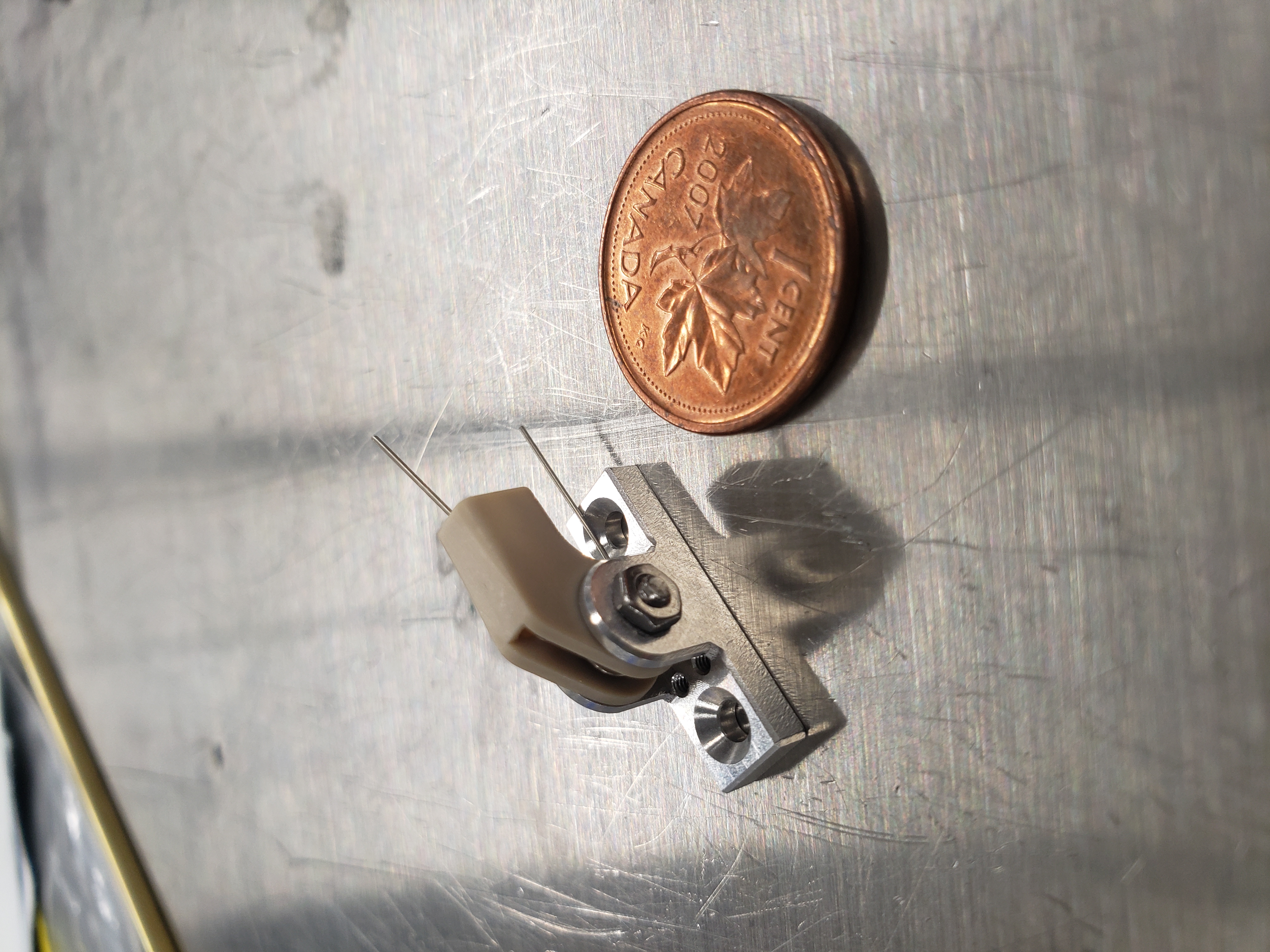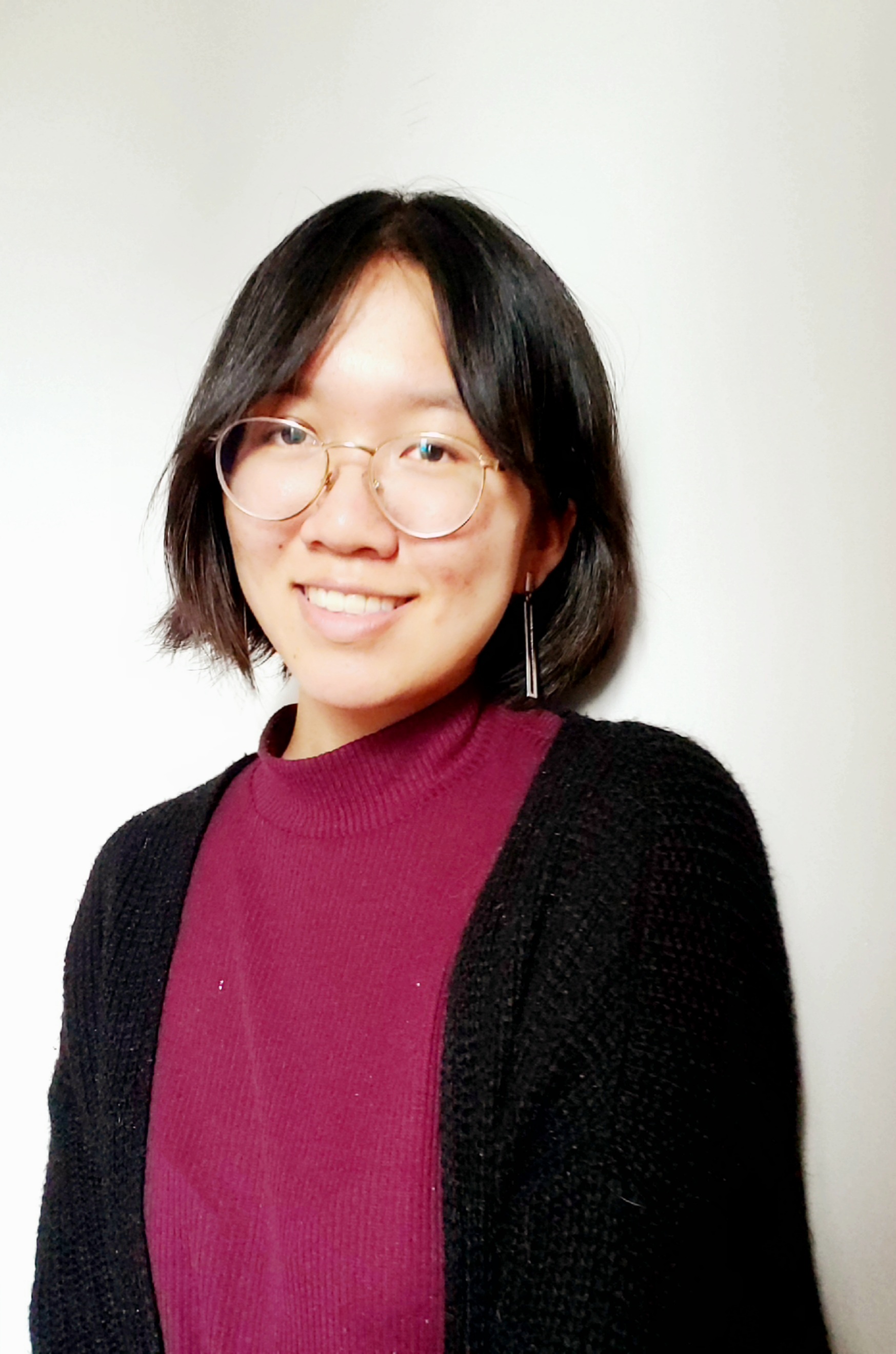Member spotlight – Nina Yang
By Alex Leaf and Cole Ryski
Nina Yang is a 4th year mechanical engineering co-op student who joined AlbertaSat in early 2018 as a way of getting more involved in her school community. Throughout her 3 years on the team, Nina has been making remarkable strides, eventually becoming the Deputy mechanical team lead here at AlbertaSat. Throughout her years of involvement, Nina has been able to work on interesting projects such as thermo-modeling and simulation of the Ex-Alta 2 CubeSat, as well as managing a team of fellow engineering students to ensure tasks reach completion.
The most interesting project Nina could recall working on was designing the ultra high frequency (UHF) hinges, which are responsible for articulating the UHF antennas. The arms are folded during launch to save space, and are opened upon its release into space. As Nina described it: “This is the first project I worked on from start to finish . . . We went through several iterations and now that the hinges are here it’s pretty interesting to see a project come together like this.”
Nina’s involvement with AlbertaSat has helped her thrive academically. In many cases, students apply the theoretical knowledge learned in university courses to their tasks in AlbertaSat, but Nina has actually found the contrary to be true. Nina has been able to learn key skills such as technical drafting in SolidWorks, and thermal modeling before being exposed to these concepts in her mechanical engineering courses. AlbertaSat has even exposed Nina to topics not covered in her mechanical engineering courses, such as learning how to conduct thermal simulations. Nina recalls a project where she was doing exactly that for Ex-Alta 2 stating that “we had to learn a bit about what kind of thermal loads are applied on the satellite when it’s in space . . . I wouldn’t have learned that anywhere else.”

When asked about what she thinks is the most fulfilling part of working with AlbertaSat, Nina explained that the most obvious answer is the fact that students can work towards a tangible project that will (eventually) go to space. Nina expressed her deep interest in robotics, aerospace, and defense industries, and that she sees AlbertaSat as a great way to explore these fields to further understand what she likes or dislikes about them. Despite this interest, Nina describes her decision to join AlbertaSat as a random choice, but that she is extremely happy with her decision and is proud of the work she has done nonetheless.
“Joining student groups is part of the [university] experience. Everyone in AlbertaSat is super knowledgeable and you are able to interact with people that have very similar interests to you.”
Nina has multiple projects going on outside of AlbertaSat as well. During the COVID-19 pandemic, Nina and a couple of her close friends spent a lot of time developing a robotic dog similar to the likes of Boston Dynamics’ Spot: the Robot dog. This is a project outside of any formal student group or volunteer organization. When asked what made her want to pursue this side project, Nina described how seeing interesting things on LinkedIn that people were doing with robotics made her want to start a long-term project, and hopefully build upon new skills along the way. She explained that “It’s a very interdisciplinary project,” adding that “the project is mostly there because we wanted to learn how to do all of those things. It’s a great learning experience, not knowing how to do it is part of the fun.”
When asked about what she would like to see for the future of AlbertaSat, Nina replied that “AlbertaSat is on a good path right now. I’d like to see it keep doing what it’s already doing. Launching more frequently, and just continue developing more CubeSats.”
Thank you for all your hard work Nina! Best of luck to you in your future endeavors.

